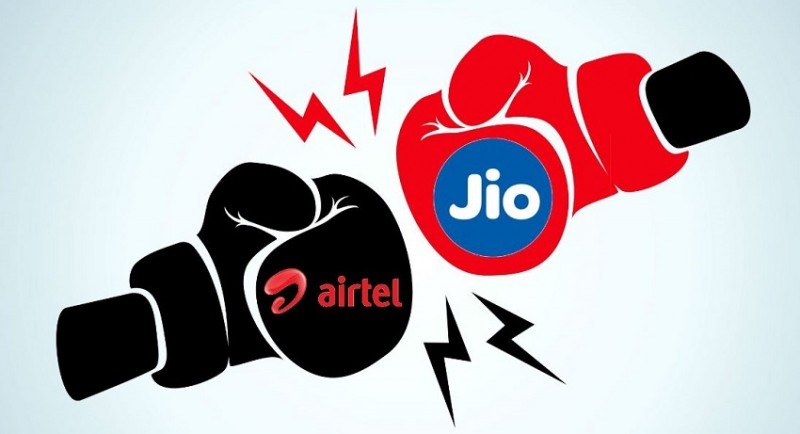
Last year, India's telecom battlefield expanded beyond Earth into space as Bharati Airtel and Reliance Jio, the country's telecom giants, entered a new arena: satellite communication, or satcom. This cutting-edge technology holds the promise of transforming India's telecom landscape.
Various players like Reliance Jio's partnership with SES, Starlink, Amazon, Bharti-backed OneWeb, and Tata-Telesat are racing to establish satellite constellations to deliver broadband services across India. Unlike traditional mobile networks requiring ground infrastructure, satcom operates from space, lowering entry barriers.
The rivalry between Airtel and Jio, along with other players, intensifies even before service launch, evident in recent clashes over satcom usage and pricing.
Understanding Satcom: Satcom, short for satellite communication, uses satellites for internet connectivity instead of ground-based networks. Internet signals travel from providers to satellites, then to users via dishes connected to modems. While earlier versions used larger equipment, modern setups are compact.
Satcom's Potential: Satcom offers broadband in areas inaccessible to terrestrial networks, aiding in emergencies and providing support in rural and remote regions. It enhances resilience by providing alternative connectivity during disasters.
Telecom Divide: Last year, telecom players debated the allocation of satcom spectrum. While OneWeb-Bharti and others favored allocation over auctions, Jio pushed for auctions, emphasizing fairness.
Government Decision: In December, the Telecommunication Bill mandated administrative allocation of satellite spectrum, settling the debate.
New Conflict: Post-settlement, a fresh dispute arises. Jio opposes using administratively allocated spectrum for commercial Fixed Wireless Access (FWA), claiming it's a 5G use case and should be auctioned.
Counterargument: Eutelsat OneWeb counters Jio, asserting that satellite spectrum can support commercial FWA in remote areas, distinct from 5G FWA offered by telcos to retail users.
5G FWA's Potential: Telcos see 5G FWA as a revenue booster, especially in areas challenging for fiber deployment. Analysts predict higher revenues from 5G FWA than mobile services.
As telecom titans continue their space skirmish, the future of satcom and its integration with 5G remains a subject of debate and opportunity.
Jio's new plan launched for Rs 49, will get more data than Airtel